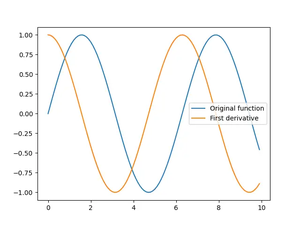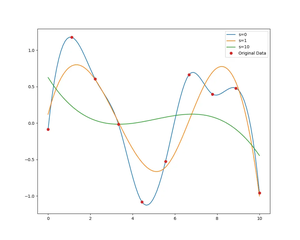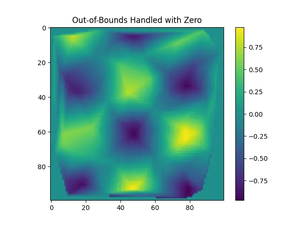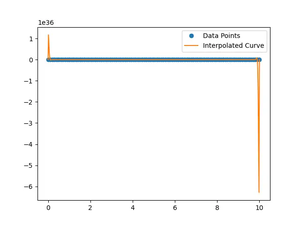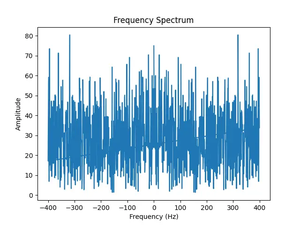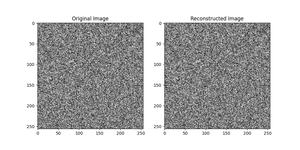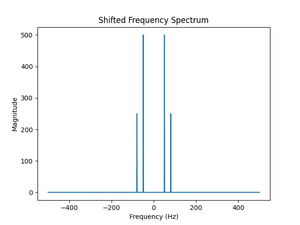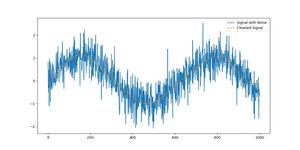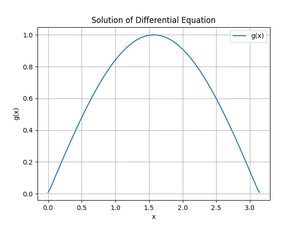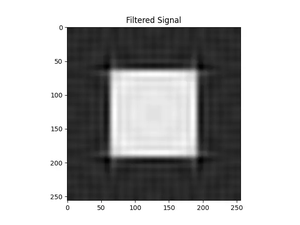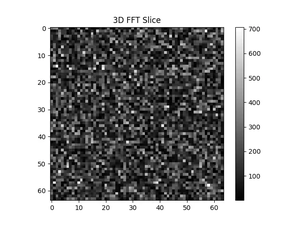In the realm of machine learning and data science, working with datasets is an integral part. Often, these datasets come in various formats, one of which is the Attribute-Relation File Format (ARFF), commonly used with the WEKA data mining tool. The Python SciPy library provides a convenient function io.arff.loadarff to load these ARFF files into Python environments. This tutorial walks you through how to use this function with four progressively complex examples.
Introduction to ARFF Files
Before diving into the examples, let’s understand what ARFF files are. ARFF files are plain text files that describe instances sharing a set of attributes. ARFF files consist of two sections: the header, which contains metadata about the data attributes, and the data section, which lists the instance data. Here’s an example format of an ARFF file:
@RELATION iris
@ATTRIBUTE sepal_length NUMERIC
@ATTRIBUTE sepal_width NUMERIC
@ATTRIBUTE petal_length NUMERIC
@ATTRIBUTE petal_width NUMERIC
@ATTRIBUTE class {Iris-setosa,Iris-versicolor,Iris-virginica}
@DATA
5.1,3.5,1.4,0.2,Iris-setosa
...
Getting Started with io.arff.loadarff
The io.arff.loadarff function is part of the SciPy library, specifically within the io.arff module. To use this function, you first need to install SciPy, if you haven’t already:
pip install scipy
Then, import the necessary module in your Python script:
from scipy.io import arff
Example 1: Basic Usage
The simplest way to use the io.arff.loadarff function is to load an ARFF file and convert it into a Python data structure. Suppose you have the ‘iris.arff’ file:
import numpy as np
from scipy import io
arff_path = 'path/to/iris.arff'
data, meta = io.arff.loadarff(arff_path)
print(meta)
This code will print the metadata of the ARFF file, showing information about the dataset’s attributes. The data returned is a NumPy structured array, where each structured element corresponds to a row in the dataset.
Example 2: Handling Strings
ARFF files often contain nominal attributes (enumerated string values). By default, io.arff.loadarff returns these as bytes objects in Python 3. To handle these properly, you’ll want to convert them to strings. Here’s an example of treating nominal attributes:
import numpy as np
from scipy import io
arff_path = 'path/to/data.arff'
data, meta = io.arff.loadarff(arff_path)
# Convert bytes to strings for nominal attributes
data = np.array(data.tolist(), dtype=object)
data[:, meta.names().index('class')] = [s.decode('utf-8') for s in data[:, meta.names().index('class')]]
print(data[-1])
This code snippet decodes the ‘class’ attribute from bytes to UTF-8 strings, making it human-readable and easier to work with in subsequent analyses.
Example 3: Working with Pandas
The structured array returned by io.arff.loadarff can be cumbersome to work with for complex analyses. For a more convenient data structure, you might want to convert the data to a Pandas DataFrame. Here’s how:
import numpy as np
import pandas as pd
from scipy import io
arff_path = 'path/to/dataset.arff'
data, meta = io.arff.loadarff(arff_path)
df = pd.DataFrame(data)
# Convert bytes columns to strings
object_cols = [col for col, _ in df.dtypes.items() if str(_.type) == '<class 'numpy.bytes_'>']
for col in object_cols:
df[col] = df[col].str.decode('utf-8')
print(df.head())
This will convert the structured array into a Pandas DataFrame and decode any bytes columns into strings, providing a highly flexible and powerful data structure for data analysis and modeling.
Example 4: Advanced Data Manipulation
Once you have the ARFF data in a Pandas DataFrame, the possibilities for data manipulation are nearly endless. As an advanced example, consider performing some exploratory data analysis:
import seaborn as sns
df['sepal_length'] = df['sepal_length'].astype(float)
df['petal_length'] = df['petal_length'].astype(float)
sns.pairplot(df, hue='class')
This code snippet converts the ‘sepal_length’ and ‘petal_length’ attributes to floating point (if not already), and uses Seaborn’s pairplot function to create a grid of scatter plots, separated by the ‘class’ attribute. Such visualizations are invaluable for uncovering relationships between attributes in your dataset.
Conclusion
The io.arff.loadarff function from SciPy is a versatile tool for loading ARFF files into Python, supporting subsequent analysis and manipulation. By following the progressively complex examples provided, from basic loading to advanced data manipulation, you can effectively handle ARFF files in your next data science project.
